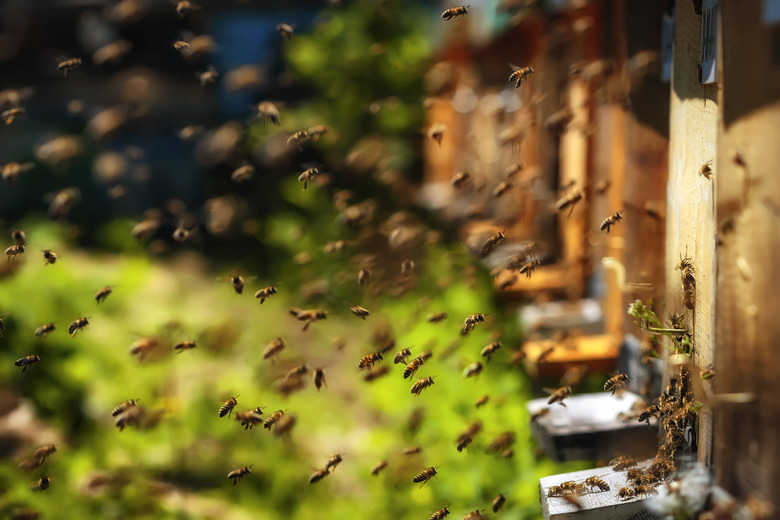RoboBees Use Solar Power To Take Flight
In the future, when you see a pollinator land on a flower and decide to examine it, you may see a robotic bee. It may even be an upgraded version of Harvard University's autonomous flying microrobots, or RoboBees. The tiny robotic bees have the potential to help with pollination, surveillance and other work.
RoboBees Take Flight
RoboBees
Take Flight
For the past six years, researchers at Harvard University have been working on the development of autonomous flying microrobots. Their first model, the RoboBee, was about the size of a penny, or half a paper clip. It was able to flap its wings at a rate of 120 times per second, but it relied on a connection to a power source to work.
The newest model from Harvard, the RoboBee X-Wing, eliminated the need for an external power source by switching to solar power. Researchers also added a second pair of wings to help it fly. Although it can only stay in the air for half a second, it's still important progress in microrobotics. The RoboBee X-Wing is the first and lightest vehicle to "achieve sustained untethered flight."
Future Plans for RoboBee
Future
Plans for RoboBee
Researchers are not finished developing RoboBee and want to improve its flight abilities. First, they want to improve the solar cells, so the robot can stay in the air for longer periods of time. Second, they want to explore the addition of solar batteries. Third, they would like the robot to be able to respond to its environment and interact with it.
All of these improvements may take months or years to develop. However, researchers are optimistic about the potential for RoboBees and what they can accomplish with better technology. In addition, these ongoing innovations can help other industries or robotic experiments and may have multiple applications. The knowledge that the scientists gather from building robotic bees can help others.
What Could a RoboBee Do?
What
Could a RoboBee Do?
For now, RoboBee looks like a tiny, adorable insect with mechanical features that you won't find in nature. However, its potential extends beyond buzzing in the air and checking out flowers. In the future, it may help with pollination as bees are in danger of going extinct.
As bee populations decrease around the world, concerns are growing about the sustainability of the current agriculture industry. If bees disappear, it would result in the loss of apples, tomatoes, blueberries, watermelon and many other plants that humans use as a food source. The extinction of bees would have a rippling effect through all the ecosystems that would leave many animals without food.
RoboBees could act as pollinators and help prevent the collapse of ecosystems. Habitat loss, parasites, disease or pesticides wouldn't affect them, which are common threats for living bees. It would be possible to have specialist robotic bees that are programmed to visit certain plants.
Other Uses for RoboBees
Other
Uses for RoboBees
Although the agriculture industry would benefit from RoboBees, it's not the only area that has potential uses for these tiny robots. Harvard researchers point out that they could help with surveillance. If you add a camera and a recording device, a flying microrobot can observe and document a variety of environments.
RoboBees may become useful in the monitoring of climate change and weather patterns. They can help researchers study remote or difficult areas, and they can assist search-and-rescue operations. Different models of the bees can already swim, fly and perch, so they could inhabit multiple environments with the potential to do a variety of tasks.
Pay attention to the buzzing insects around you. There may be a robot among them in the future.
Cite This Article
MLA
Bandoim, Lana. "RoboBees Use Solar Power To Take Flight" sciencing.com, https://www.sciencing.com/robobees-use-solar-power-to-take-flight-13720120/. 16 July 2019.
APA
Bandoim, Lana. (2019, July 16). RoboBees Use Solar Power To Take Flight. sciencing.com. Retrieved from https://www.sciencing.com/robobees-use-solar-power-to-take-flight-13720120/
Chicago
Bandoim, Lana. RoboBees Use Solar Power To Take Flight last modified March 24, 2022. https://www.sciencing.com/robobees-use-solar-power-to-take-flight-13720120/
